Unlocking Green Energy: Exploring the Power of ECOSTAN 90, Briquette Machine
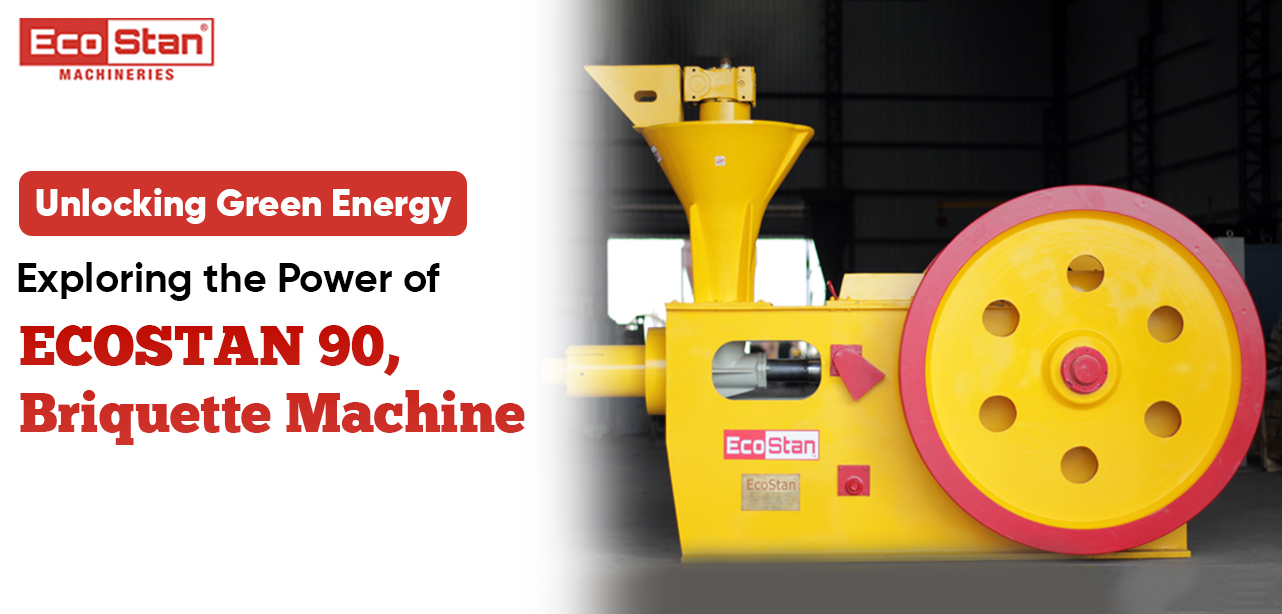
ECOSTAN Briquette Machine
Embark on a sustainable energy journey with Ecostan Machineries’ revolutionary Ecostan 90 Briquette Machine. Are you ready to witness the transformation of raw materials into high-density biomass briquettes, setting new standards in the market?
Introducing the Ecostan 90 Briquette Machine: A Green Energy Powerhouse
The Ecostan 90 additionally referred to as Jumbo 90, proudly offered by Ecostan Machineries, stands as a top-tier briquetting machine, reshaping raw materials into dense Biomass Briquette Machines Its robust layout, current technology, and super performance make it the desired desire for industrial and business customers, contributing to a greener, more sustainable destiny.
Robust Design and Advanced Technology
The Ecostan ninety boasts a robust design and advanced technology, redefining the biomass briquette procedure. Its amazing performance has been located because of the preferred desire for business and commercial clients, showcasing innovation in the pursuit of sustainable strength answers.
Impressive Production Capacity
With a super stroke of two hundred mm, the Ecostan 90 produces superb briquettes at a charge of 2,000 Kg per step per hour, with a variability of ±20%. Operating at 240 RPM, the gadget calls for approximately 89.5 HP of energy, making it an electricity-efficient alternative for huge-scale production.
Versatile Output of Briquette Machine
The Ecostan ninety Briquette Machine produces versatile cylindrical briquettes, measuring ninety mm in diameter and 150 mm to four hundred mm in period. This flexibility permits the gadget to deal with uncooked substances up to 25 mm in length, meeting the numerous needs of numerous industries.
Cost-Effective Efficiency
With a powerful 200 mm stroke, the Ecostan 90 efficiently produces 2,000 Kg of high-quality briquettes per hour. Its ±20% variability adjusts to the density and quality of the raw material, providing an efficient and affordable solution. Operating at 240 RPM and requiring a modest 89.5 HP of power, it represents a paradigm of energy-efficient technology.
Economic Viability in Power Consumption
The Ecostan 90 showcases impressive technical specifications, including economic power consumption. With a total connected power load of 89.5 HP, practical used AMP load between 70 to 100 AMP, and power consumption of 35 to 40 Units per MT, it achieves an optimal balance between power and productivity.
Structural Efficiency
The machine’s structural requirements align with its commitment to efficiency, featuring a foundation of 16 feet X 5 feet and a machine room of 25 feet X 15 feet (Minimum for 1 machine). The total required area for the project is set at 1,000 cubic meters or more (Minimum), ensuring that every aspect of its design contributes to an optimal footprint.
Legacy of Reliability
Since its introduction in 2001, the Ecostan 90 has earned a reputation for reliability, durability, and quality. Crafted with superior parts, this machine ensures maximum production with minimal effort. Its unique ability to grind and mix various raw materials with low electricity costs makes it a cost-effective and sustainable solution.
Technical Specifications
The Ecostan 90, introduced in 2001, has proven its durability and reliability, standing the test of time and earning significant acclaim. Noteworthy is its ability to grind and mix various raw materials while maintaining low electricity costs, rendering it a cost-effective solution.
Production Capacity
- Output: 2,000 kg/hour
- Infeed Raw Material Size: Up to 25 mm
- Maximum In-feed Moisture Content: 12%
Briquette Dimensions
- Briquette Shape: Cylindrical
- Diameter: 90 mm
- Length: Variable (Approximately 8 inches)
Powering Efficiency
- Total Connected Power Load: 89.5 HP (Approximately)
- Practical Used AMP Load: 70 to 100 AMP (Approximately)
- Power Consumption: 35 to 40 Units/MT
Electric Motor Details
- Briquetting Press Main Electric Motor: 75 HP
- Feeding Keep Electric Motor: 7.5 HP
- Screw Conveyor Electric Motor: 5 HP
- Lubrication System Electric Motor: 2 HP
Structural Requirements
- Foundation: 15 feet X 5 feet
- Machine Room (For 1 Machine): 25 feet X 15 feet (Minimum)
- Total Required Area for Project: 1,000 cubic meters or More (Minimum)
Conclusion
If you’re searching for a top-notch, eco-friendly briquetting machine that seamlessly blends high performance, energy efficiency, and cost-effectiveness. The Ecostan 90, Hammer Mill for Briquette Plant by Ecostan Machineries stands out. Its remarkable features, cutting-edge technology, and commitment to environmentally conscious production make it an outstanding choice, exceeding expectations in the quest for green energy. For inquiries about the Ecostan 90, Contact +91-99140-33800 – your gateway to sustainable and efficient solutions.
ECOSTAN ® MSW Shredder Selection: A Guide to Choosing the Right Solid Waste Shredder
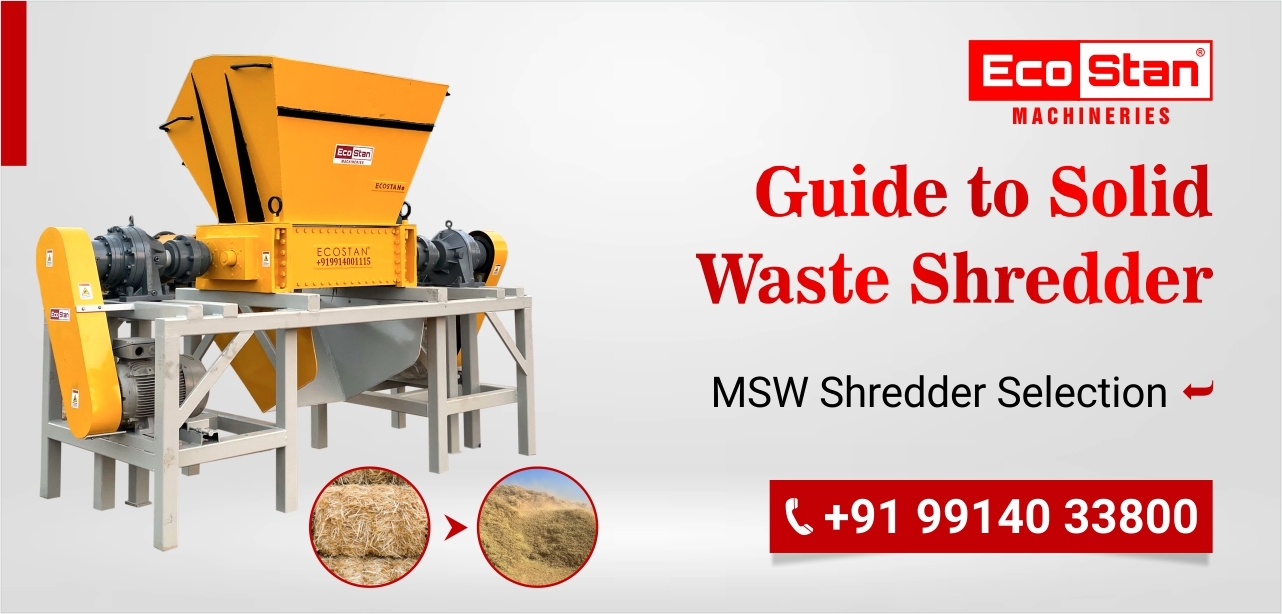
Solid waste shredders serve an important role in lowering the volume of municipal solid waste (MSW) and improving recycling efforts in the search for sustainable waste management.
So, MSW shredder machines can shred and process a wide range of MSW materials, including plastics, paper, textiles, wood, and much more.
Municipal Solid Waste (MSW) also comprises ordinary goods and MSW materials that we use and subsequently discard, such as product packaging, grass clippings, furniture, clothing, bottles, food scraps, newspapers, appliances, paint, and batteries.
However, with so many alternatives on the market, making the best MSW shredder selection can be a difficult endeavour.
But you do not need to worry at all.
Today, in this blog, we will walk you through the essential variables to consider when making the best MSW shredder selection for your waste requirements.
Top Things To Consider When Selecting The Best MSW Shredder-
These are some of the top things one should consider when it comes to the best MSW shredder selection for your sustainable waste management needs.
- Composition and Volume of the Material-
Understanding the content and volume of garbage you need to handle is the first step in selecting an MSW shredder.
MSW material properties such as density, size, and moisture content can all have a substantial impact on shredding performance.
So, determine whether you will predominantly shred organic garbage, plastics, or a combination of the two.
It will assist you in determining the proper shredder design and parameters needed to efficiently manage your waste stream.
- Shredder Throughput and Capacity-
Shredder capacity and throughput are critical considerations, particularly if you have a high-volume waste stream.
So, the capacity of a shredder refers to the highest quantity of garbage it can handle at one time, whereas the throughput refers to the amount of material processed each hour.
Thus, to ensure the best efficiency and avoid overloading the machine, you must choose a shredder that matches your intended processing capacity.
- Shredder Dimensions and Space Needs-
The physical dimensions of the shredder are critical considerations, especially if you have limited room.
So, please measure the area where the MSW shredder will be installed and account for any extra space needed for maintenance and operation.
In addition, consider the machine’s weight and accessibility for shipping and installation.
- Shredding Mechanism and Cutting Technology-
MSW shredders use a variety of cutting methods and shredding mechanisms, each tailored to different waste kinds.
Besides, single-shaft, dual-shaft, and quad-shaft shredders are common cutting technologies, with each giving distinct advantages in terms of throughput, cutting efficiency, and energy usage.
So, one should investigate and comprehend the various shredding techniques available to ensure they are compatible with your waste composition and processing objectives.
Well, if you are looking for an advanced and effective Dual Shaft MSW Shredder for your business, you can check out the website of Ecostan Machineries.
They have the best Dual Shaft Shredder for your business waste needs and requirements.
- Maintenance and Upkeep Facets-
Purchasing a solid waste shredder for MSW material is a long-term investment, thus, it is critical to select a machine that is long-lasting and requires little maintenance.
So, you should look for shredders made of high-quality components and sturdy construction to endure the rigours of solid waste shredding.
Hence, consider the availability of spare parts as well as the manufacturer’s reputation for after-sales service to ensure prompt assistance when required.
- Environmental Impact and Energy Efficiency-
In waste management operations, sustainability should be a primary focus.
So, you should choose energy-efficient shredders with features like variable speed drives or automated shut-off systems to reduce energy usage during idle periods.
In addition, to reduce environmental impact, inquire about the shredder’s noise levels and any other emissions or pollution it may produce.
- Security Features-
Safety should be a key issue when operating large gear such as MSW shredders.
So, look for shredders that include safety features like emergency stop buttons, safety interlocks, and overload protection systems.
Besides, adequate safety precautions will not only safeguard the personnel but will also avoid machine damage and ensure a safe and secure shredding operation.
Concluding This Here-
It is critical to choose the correct solid waste shredder for efficient waste management and recycling operations.
So, when selecting an MSW shredder, you should make an informed decision by examining elements such as material composition, capacity, cutting technology, maintenance, and environmental impact.
And always remember to speak with reputed manufacturers or industry experts to ensure that you select an MSW shredder that matches your specific needs.
Well, if you want to buy the most effective and advanced Dual-Shaft Shredder for your industrial waste management, you should check out the website of ECOSTAN Machineries.
They have been in the industrial machinery realm for the last many decades, serving only the high-quality and best equipment for different industries and businesses.
Eventually, you can boost waste reduction efforts, recycling rates, and more to contribute to a more sustainable future by using the best MSW shredder.
ECOSTAN® Briquette Manufacturing: Biomass Briquettes & its Production Process
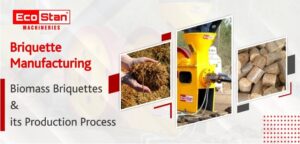
Briquetting is the process of turning waste into fuel logs. Briquettes are a renewable source of energy that comes from waste material. Briquetting Plant uses waste that comes from forests and agriculture farms. In this article, we will discuss the process of making briquettes, using a briquetting machine.
What are biomass briquettes, and how are they produced?
Briquettes are a type of biofuel that is utilized as an energy source in a variety of industries. They are made from flammable biomass material using a biomass briquette machine. These materials are intended to be compressed into little round logs of sufficient size for use as fuel. Typically, biomass briquettes are a waste product that also produces renewable energy. It contributes to lowering carbon footprints and producing electricity from agricultural or forest waste rather than using fossil fuels.
Steps Involved in the Production Process of Biomass Briquettes:
- Collection of Raw-Material
It is one of the significant steps in the process of producing biomass briquettes. The waste material is collected and concentrated in the briquette plant. Biomass waste material is gathered from agricultural farms and forests, which is further utilized as a raw material for briquetting plants.
- Crushing of Raw-Material
Crushing is the next step in the briquette-making process. The raw material is crushed into smaller sizes suited for briquetting machines based on the machine model during this operation. Chipper grinders, shredders, and hammer mills are some of the machines that can be used to crush and grind raw materials; the use of each piece of equipment is determined by the raw material’s in-feed size.
- Drying of Raw-Material
The following stage is to dry the raw material’s moisture content, as briquetting only requires 8-12% moisture content in the raw material. Depending on the moisture level and size of the raw material, flash dryers or rotary dryers are used to remove excess moisture.
- Compacting of Raw-Material
The machine compacts the raw material with a high-pressure mechanical punch and by pressing the raw material into a briquette die throughout this operation. High pressure causes the raw material to release the self-bonding adhesive present in the raw material, which aids in the binding of the material.
- Shaping of Raw-Material
The final step in producing briquettes in a briquette plant is to shape the briquettes into the proper cylindrical shape for use, which is accomplished using dies, split pipes, and briquette cooling lines.
- Packing & Selling of Briquettes
The final briquettes are ready to use once it passes through the cooling line. Briquettes are then sold to the consumers, either packaged or loose, depending on their intended application. The price of the briquettes varies depending on the raw material used to make biomass briquettes.
Conclusion
It is critical to choose a reputable Biomass Solution manufacturer when creating briquettes from leftover waste. Finding an expert briquette plant manufacturer might help you stay ahead of the competition in briquette production. To produce low-cost and high-quality briquettes, you need to perform a general calculation of the machine running cost, wear, and tear parts cost, and lastly, the briquette plant downtime, as these factors can help you calculate the actual briquetting cost.
You can discover a reputable manufacturer and speak with them about your individual needs; a good manufacturer will always recommend the best option. Choosing a competent biomass briquette machine vendor who has experience making briquetting plants can help you. You can pick Ecostan for the highest quality and most up-to-date technology-equipped biomass briquette machine; it has been giving the greatest plants and services to its customers for many years.


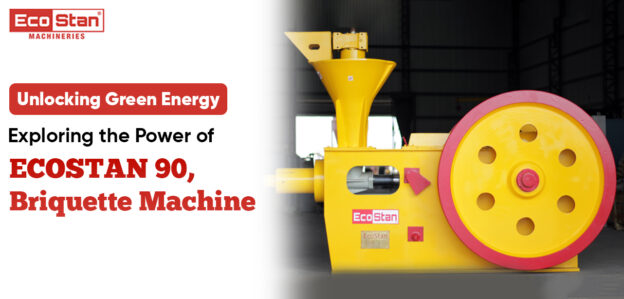
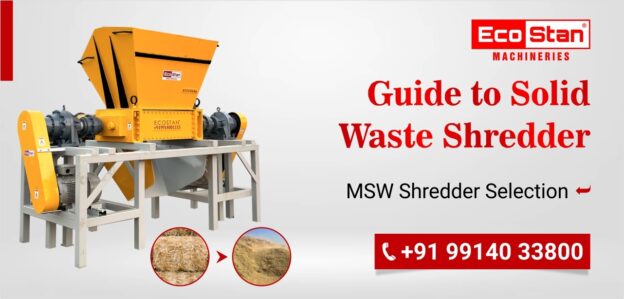

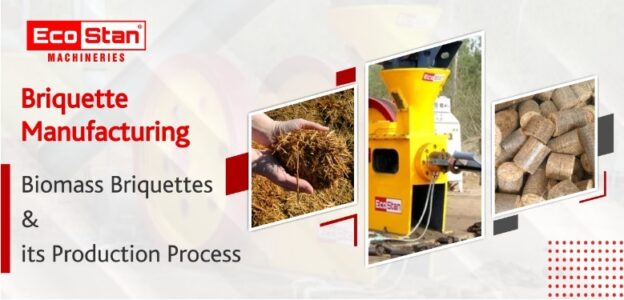

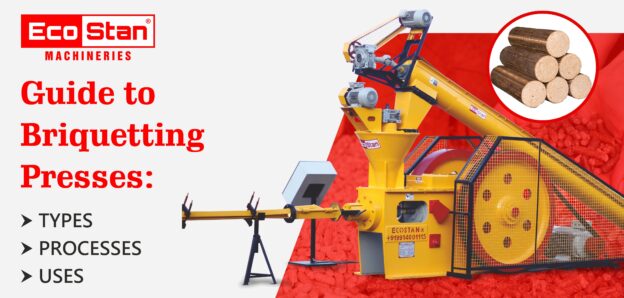
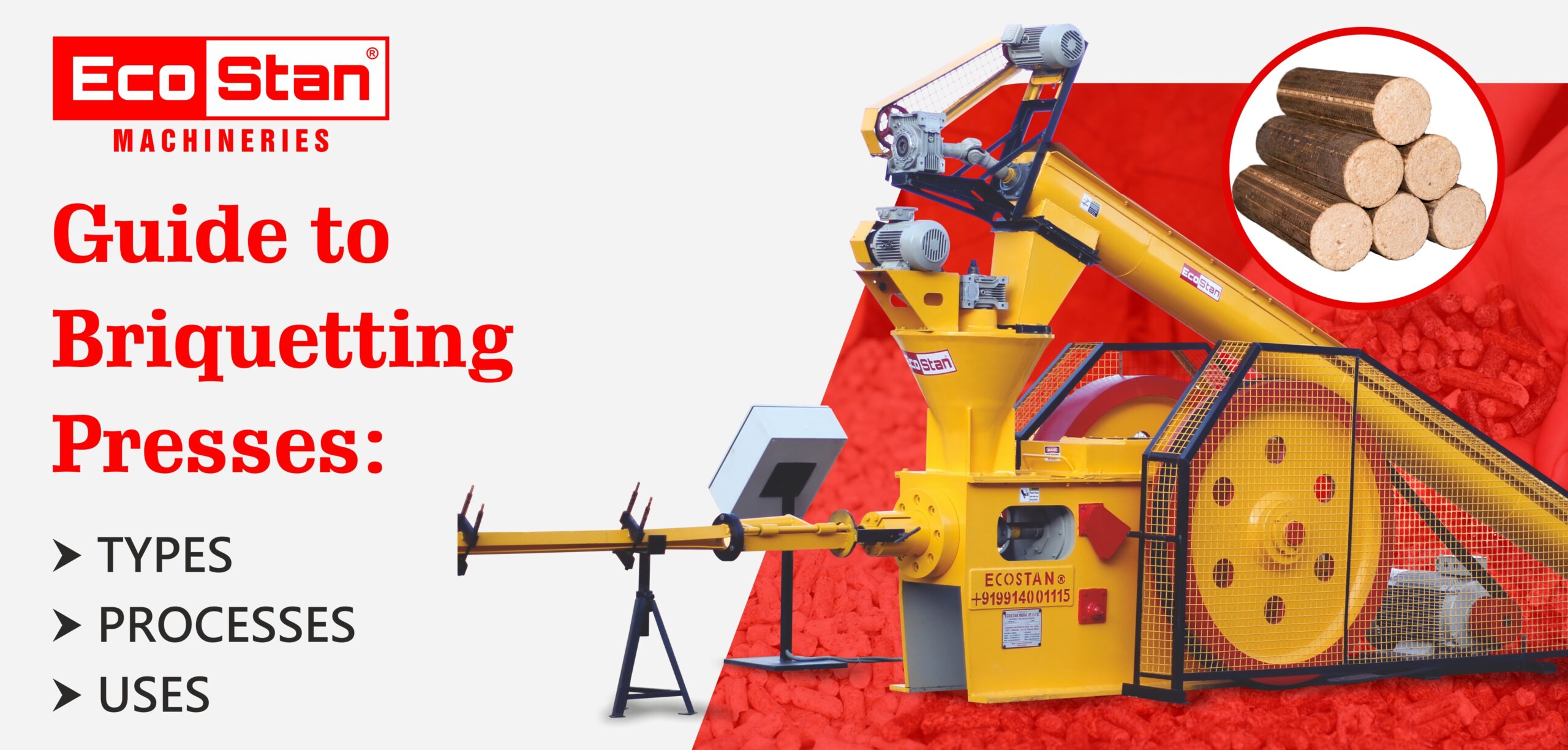
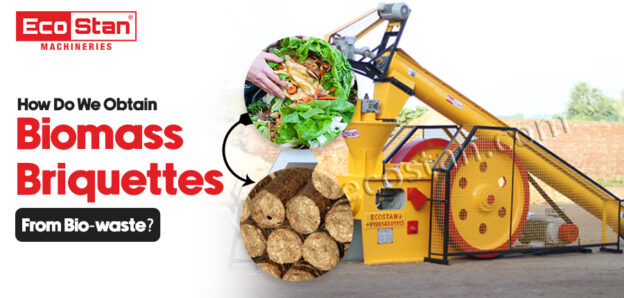
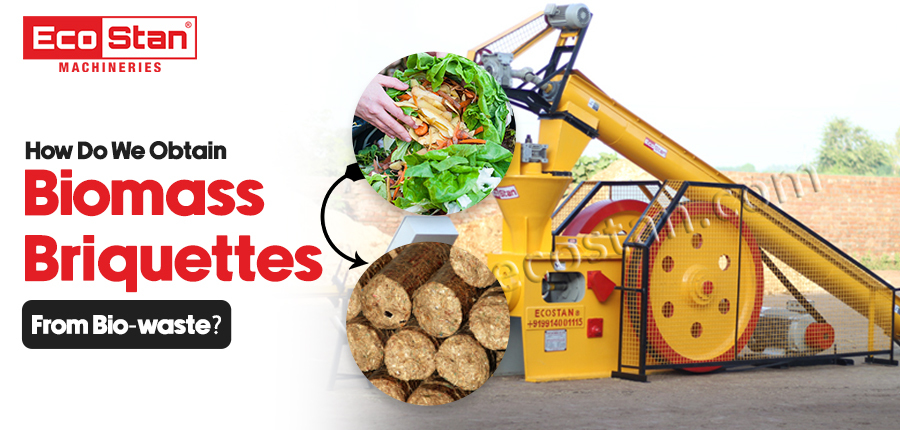
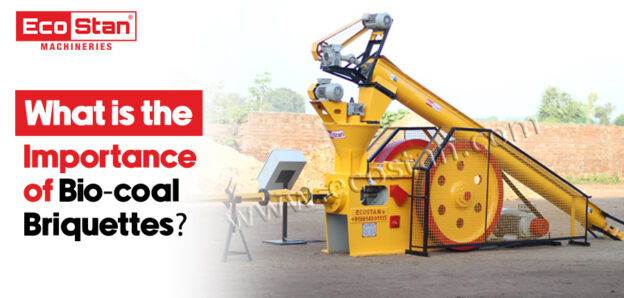
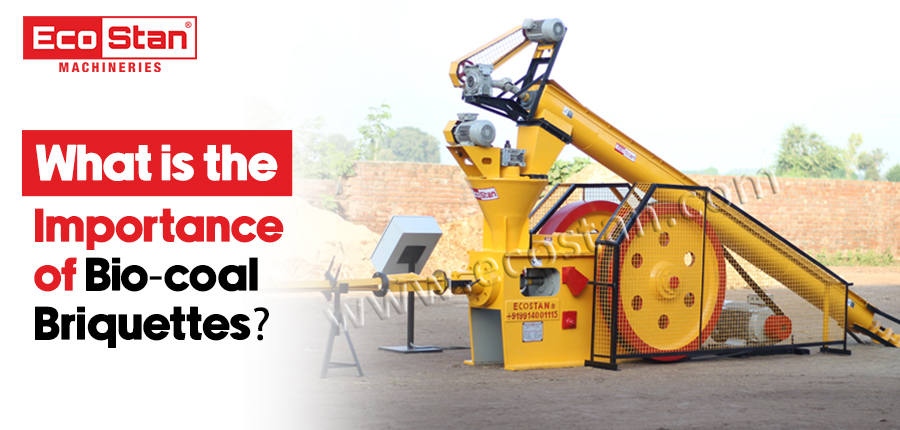
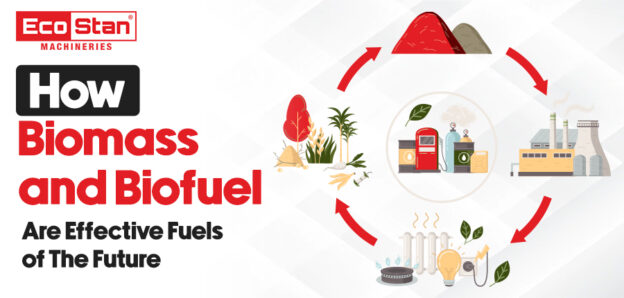
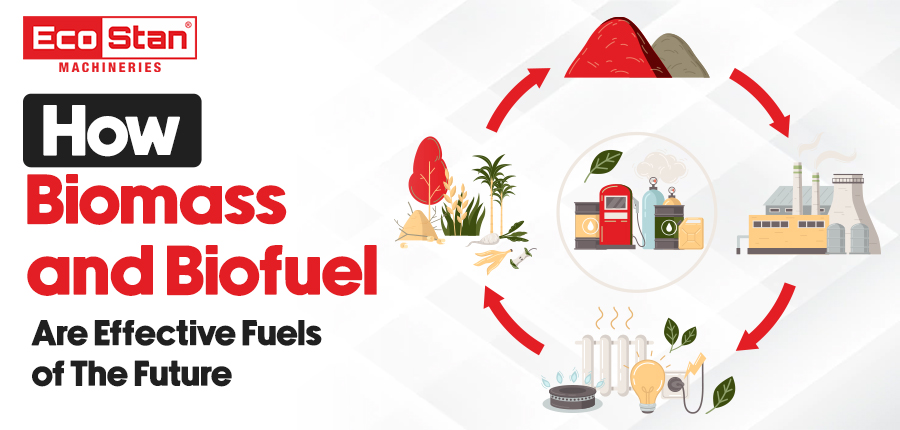
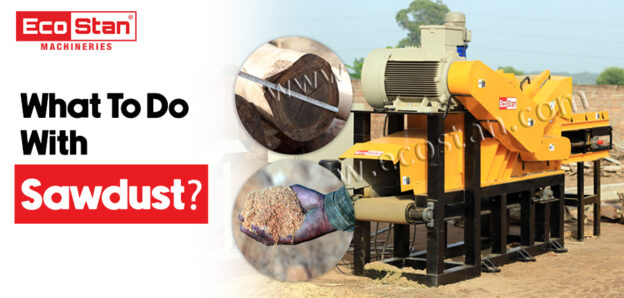
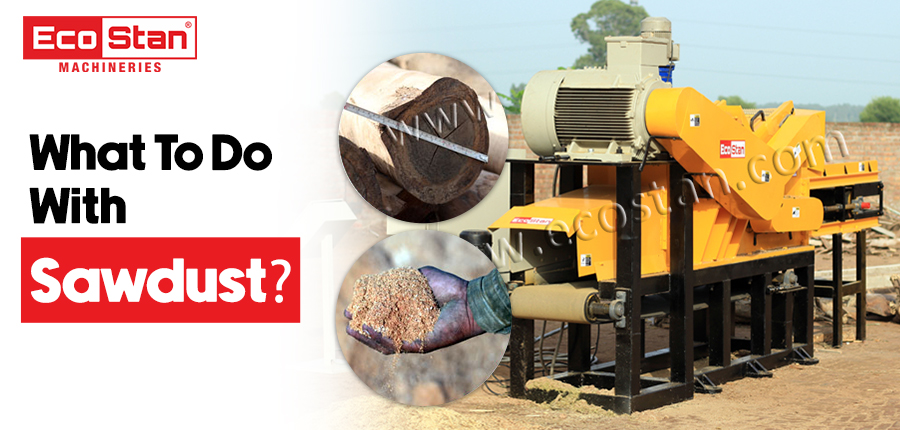
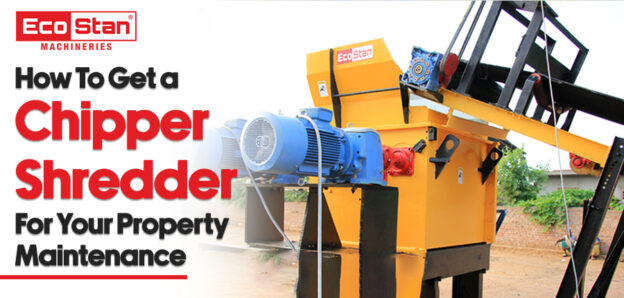
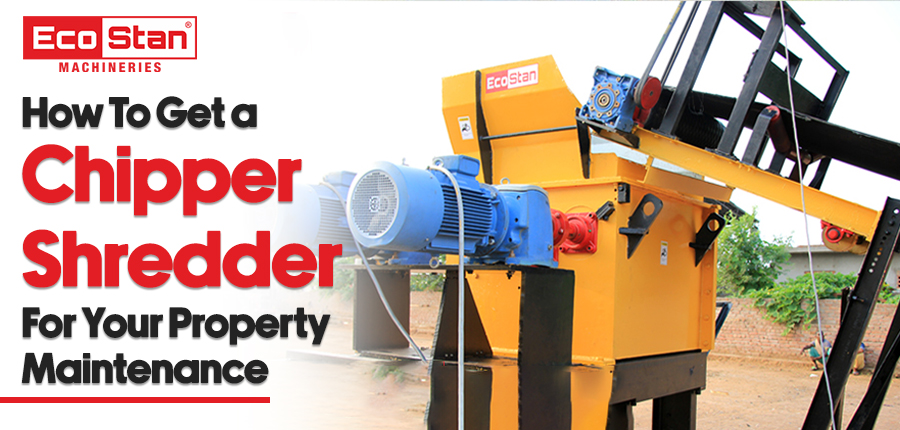
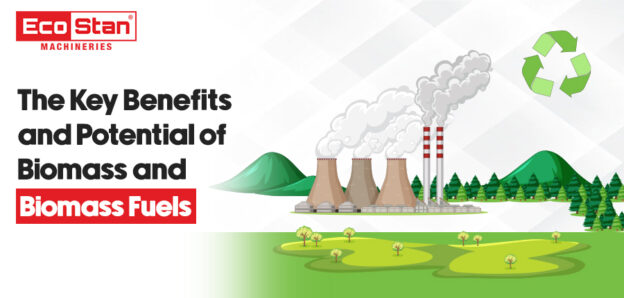
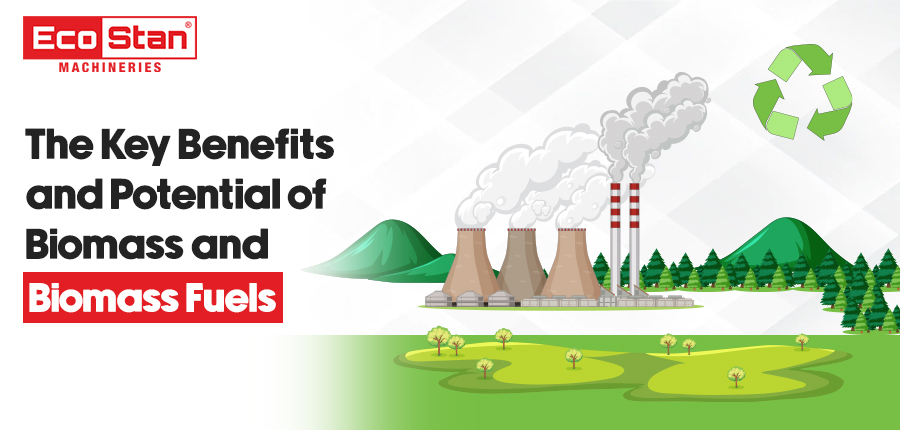
 Click to Play Video
Click to Play Video